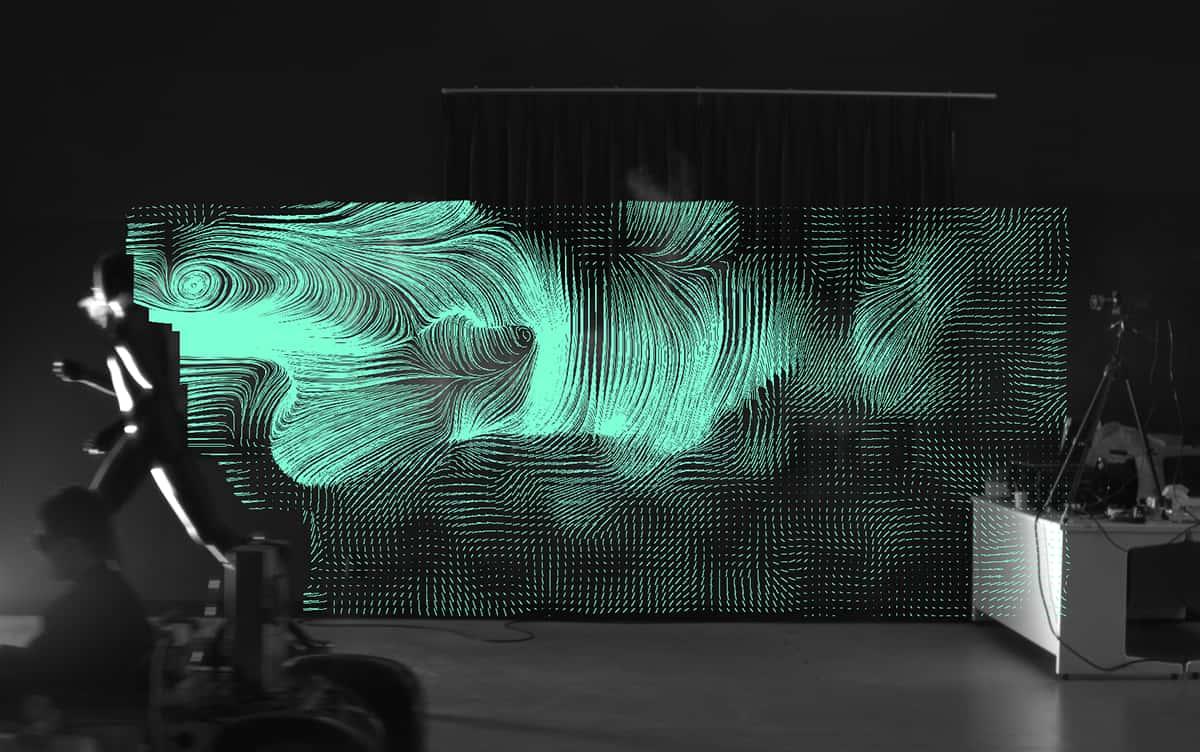Research News
Risk of Viral Airborne Transmission Peaks Within 5 Seconds of Face-to-Face Encounters

Researchers from the University of Tsukuba visualized and measured the flow field of aerosol particles derived from exhaled air and examined the risk of viral exposure during face-to-face encounters, such as while walking, jogging, running, or sprinting. The results showed that the number of aerosol particles during face-to-face encounters peaked within 5 seconds after the encounter and rapidly declined thereafter.
Tsukuba, Japan—The main transmission routes identified initially for the novel coronavirus infection were droplet and contact transmission. Airborne transmission by aerosol particles was eventually identified as one of the most likely transmission routes. Especially with the relaxation of behavioral restrictions, infections continued to prevail, making prevention and risk reduction during public transportation a major challenge.
In this study, researchers identified the risk of virus exposure by visualizing and measuring the flow field of aerosol particles derived from exhaled air (jet stream) during face-to-face encounters using a mobile full-scale mannequin and a particle-tracking velocimetry system. Subsequently, the researchers compared the differences between aerodynamic characteristics with and without ventilation and their effects on the risk of virus exposure.
The researchers found that, with or without ventilation, the number of aerosol particles peaked within 5 seconds after face-to-face encounters and then declined rapidly. This was observed during walking, jogging, running, and sprinting activities. The higher the transit velocity, the smaller this peak became, which may be due to the increase in the relative velocity between exhaled air and ambient air that facilitated particle diffusion. Furthermore, the number of aerosol particles in ventilated conditions was significantly lower than that in nonventilated conditions.
The results indicate that, to reduce the risk of viral infection during face-to-face encounters, measures such as interrupting inhalation, maintaining a physical distance of at least 1 m, and positioning oneself upwind, are effective within 5 seconds of face-to-face encounters. These findings can help in the management of exposure risk to airborne viruses in general.
###
This work was supported by JSPS KAKENHI Grant Numbers JP21K19695.
Original Paper
- Title of original paper:
- Peak risk of SARS-CoV-2 infection within five seconds of face-to-face encounters: an observational/retrospective study
- Journal:
- Scientific Reports
- DOI:
- 10.1038/s41598-023-44967-x
Correspondence
Professor Emeritus ASAI Takeshi
Institute of Medicine, University of Tsukuba



